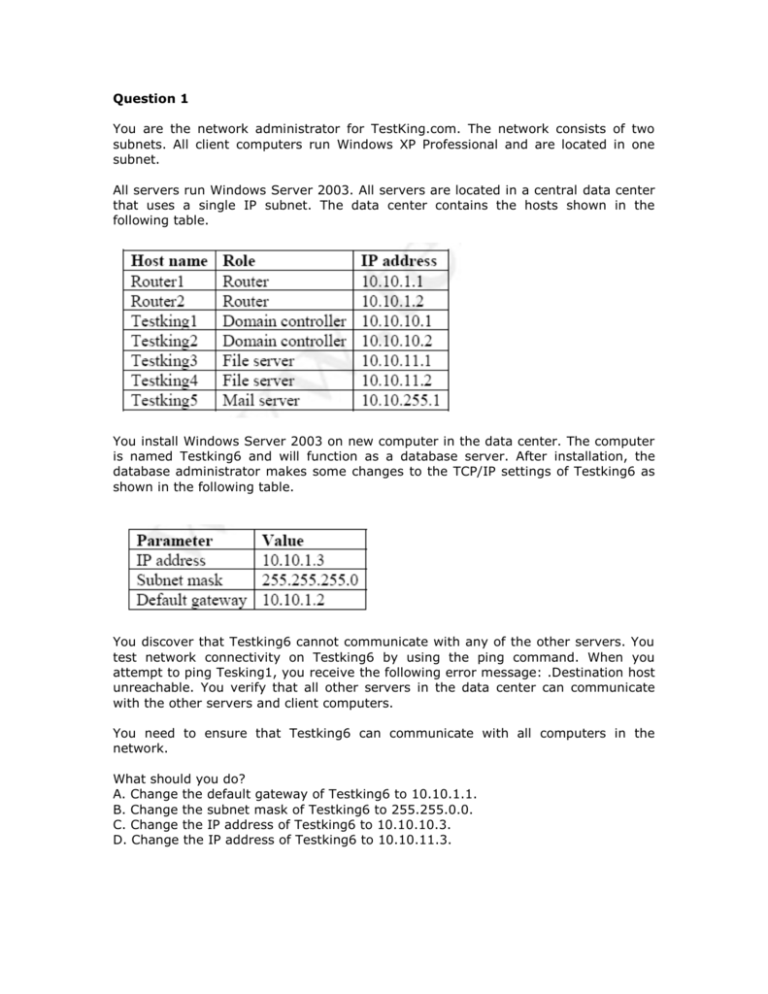

255 255 255 value test how to#
This then ends the while loop, as is_running is now False and the script moves on to the final line: pygame.I don't know how you receive your data, but this may give you an idea of how to proceed: \documentclass.Īnd, for checking the values, I multiplied them back by 255, getting 0.12549*255 = 31.99995 This will make it so that when the user presses the exit button in the top corner, the event with the type pygame.QUIT occurs. These are the next 2 lines: if event.type = pygame.QUIT: Which basically goes through a list of events, our event queue. We can get these events from the event queue with this for loop: for event in (): Pygame handles these events through an event queue.
255 255 255 value test code#
And dont forget to check out these rgb (255,0,255) code examples in the online editor. Also use the chart near the bottom to choose a color other than rgb (255,0,255). Click on the color pickers to see how rgb (255,0,255) looks against a secondary color. In it's most basic form, pygame has "events" which takes user input, for example a button press or mouse click. It incorporates rgb (255,0,255) into various HTML elements to test how it looks. Which will be running throughout the whole game. So that we can start off our while loop: while is_running: A 20 lighter version of the original color is 255, 255, 255, and 198, 198, 198 is the 20 darker color. A complement of this color would be 255, 255, 255, and the grayscale version is 255, 255, 255. To start this off we make a variable and make it True: is_running = True The RGB color 255, 255, 255 is a light color, and the websafe version is hex FFFFFF, and the color name is white.

The next few lines are what's called a "game loop". Without this line, the user wouldn't see anything on their pygame screen. This basically makes everything we have drawn on the screen Surface become visible and updates the contents of the entire display. Determine number of hosts, broadcast address and host class. This is a function which fills the Surface object, our screen, with the colour red. Subnet Calc compute network subnet (dotted decimal or CIDR notation) mask for IP address or range, or vice versa. We then give this command: SCREEN.fill(RED) The a parameter sets the alpha value of the colour. Where the r parameter sets the red value of the colour, the g parameter sets the green value of the colour and the b parameter sets the blue value of the colour. The pygame.Color class normally goes by this format: COLOUR = (r, g, b, a) So, for an image it would be r:0 g:255 b:0 before the code is run, and r:255 g:255 b:0 after the code is run. When defining colours we put in 3 values that range between 0 and 255. I think your code swaps the green value into red, then checks reds value (which is now the value from green), then inserts that value into green.

We then use this function to change the name of the window to My Game: _caption('My Game')Īfterwards we define 6 colours that can be used in our window: WHITE = (255, 255, 255) Note how the parameters for this function are the WIDTH and HEIGHT constants defined earlier. The function used in SCREEN, _mode((WIDTH, HEIGHT)), will set the mode of the display and return a Surface object. The WIDTH and HEIGHT constants are used to create a window, which would have a width of 300 pixels and a height of 200 pixels. We then define some constants here: WIDTH = 300 This is used to initialise all of the pygame modules. We then initialise all the imported pygame modules: pygame.init() SCREEN = _mode((WIDTH, HEIGHT))Īs we do with any module in python we need to import pygame: import pygame


 0 kommentar(er)
0 kommentar(er)
